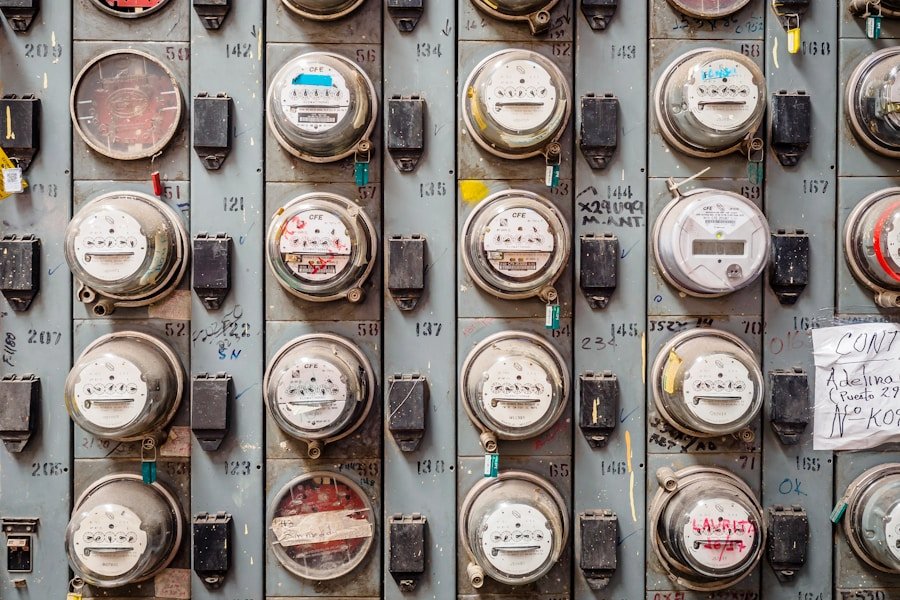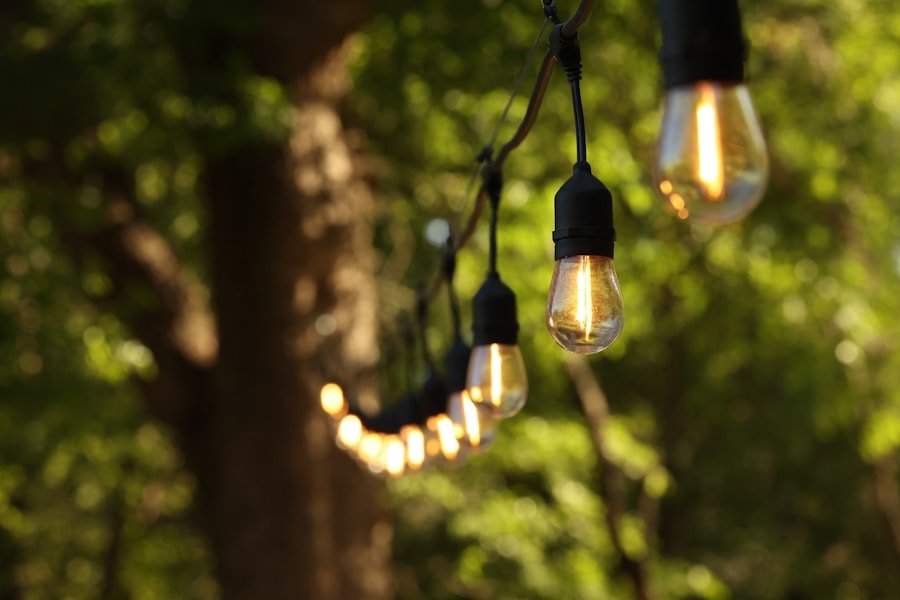Domestic energy tariffs in the UK are the rates and charges that consumers pay for their gas and electricity usage. These tariffs can vary widely depending on the supplier, the type of tariff, and the consumer’s usage habits. Understanding domestic energy tariffs is essential for consumers to make informed decisions about their energy usage and to ensure they are getting the best deal possible. With the rising cost of living and increasing energy prices, it is more important than ever for consumers to be aware of the different types of tariffs available and how they can save money on their energy bills.
Types of Domestic Energy Tariffs in the UK
There are several types of domestic energy tariffs available in the UK, each with its own advantages and disadvantages. The most common types of tariffs include standard variable tariffs, fixed-rate tariffs, and time-of-use tariffs. Standard variable tariffs are the default tariffs that consumers are placed on when they first sign up with an energy supplier. These tariffs can fluctuate in price depending on market conditions and are often more expensive than other types of tariffs. Fixed-rate tariffs, on the other hand, offer consumers a set price for their energy usage for a certain period, usually one to three years. This can provide consumers with peace of mind knowing that their energy bills will not increase during the fixed term. Time-of-use tariffs, also known as economy 7 or economy 10 tariffs, offer consumers different rates for their energy usage depending on the time of day. These tariffs are often beneficial for consumers who can shift their energy usage to off-peak times, such as during the night, to save money on their bills.
Understanding Energy Tariff Rates and Charges
Energy tariff rates and charges can be complex and confusing for consumers to understand. The rates and charges can include unit rates for gas and electricity usage, standing charges, and additional fees such as exit fees or early termination fees. Unit rates are the cost per unit of gas or electricity used, while standing charges are a daily or monthly fee that consumers pay regardless of their energy usage. It is important for consumers to understand these rates and charges to accurately compare different tariffs and suppliers. Additionally, some tariffs may have tiered pricing, where the unit rate changes depending on the amount of energy used. Consumers should also be aware of any additional fees or penalties associated with their tariff, such as exit fees if they want to switch to a different supplier before the end of their contract.
Factors Affecting Domestic Energy Tariffs
Several factors can affect domestic energy tariffs, including market conditions, government policies, and individual consumer habits. Market conditions, such as changes in wholesale energy prices, can impact the cost of energy tariffs offered by suppliers. Government policies, such as renewable energy targets or carbon pricing, can also influence the cost of energy tariffs and the types of tariffs available to consumers. Additionally, individual consumer habits, such as energy usage patterns and payment methods, can affect the type of tariff that is most suitable for them. For example, consumers who use a lot of energy during off-peak times may benefit from a time-of-use tariff, while those who prefer stability in their bills may opt for a fixed-rate tariff.
Comparing and Choosing the Right Domestic Energy Tariff
When comparing and choosing the right domestic energy tariff, consumers should consider several factors to ensure they are getting the best deal for their needs. It is important to compare not only the unit rates and standing charges but also any additional fees or penalties associated with the tariff. Consumers should also consider their own energy usage habits and whether a time-of-use tariff or fixed-rate tariff would be more beneficial for them. Additionally, consumers should research different suppliers and their customer service reputation to ensure they are choosing a reliable and trustworthy supplier. Using online comparison tools and seeking advice from independent energy advisors can also help consumers make an informed decision about their energy tariff.
Tips for Saving Money on Domestic Energy Tariffs
There are several tips that consumers can follow to save money on their domestic energy tariffs. One of the most effective ways to save money is by being mindful of energy usage and making small changes to reduce consumption, such as turning off lights when not in use or using energy-efficient appliances. Consumers can also benefit from switching to a more suitable tariff for their usage habits, such as a time-of-use tariff if they can shift their energy usage to off-peak times. Additionally, consumers should regularly compare different tariffs and suppliers to ensure they are getting the best deal possible. It is also important for consumers to regularly review their energy bills and meter readings to identify any discrepancies or errors that could be costing them money.
Conclusion and Next Steps for Managing Domestic Energy Tariffs
In conclusion, understanding domestic energy tariffs is essential for consumers to make informed decisions about their energy usage and to ensure they are getting the best deal possible. By understanding the different types of tariffs available, the rates and charges associated with them, and the factors that can affect them, consumers can take steps to save money on their energy bills. By comparing and choosing the right domestic energy tariff and following tips for saving money, consumers can take control of their energy usage and reduce their overall costs. The next steps for managing domestic energy tariffs include regularly reviewing and comparing different tariffs and suppliers, being mindful of energy usage habits, and seeking advice from independent energy advisors if needed. With the right knowledge and approach, consumers can make significant savings on their domestic energy bills while ensuring they have a reliable and suitable energy tariff for their needs.





0 Comments